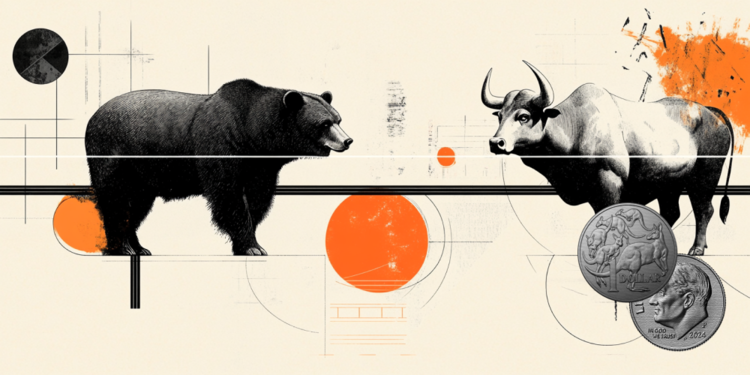Higher concentrations of tetrahydrocannabinol or THC — the part of the marijuana plant that gets you high — are causing more people to become addicted in many parts of the world, according to a new review of studies.
Compared to people who use low-potency products (typically 5 to 10 milligrams per gram of THC), those who use high-potency cannabis are more likely to experience addiction and mental health impacts, according to the study published in the journal Lancet. Psychiatry on Monday (25).
Scientists have established a “standard unit of THC” of 5 milligrams for research. This amount is said to produce mild intoxication for non-regular users.
“One of the highest quality studies included in our publication found that high potency compared to low potency cannabis use is associated with a fourfold increased risk of addiction,” said study co-author Tom Freeman, professor in the psychology department at the University of Bath, UK.
In the United States, about 3 in 10 people who use marijuana have cannabis use disorder, the medical term for marijuana addiction, according to the US Centers for Disease and Prevention.
The European Center for Monitoring Drugs and Addiction found a 76% increase in people starting treatment for cannabis dependence over the past decade, “while potency continued to increase over the same period,” Freeman said.
Furthermore, “a United Nations report found that over the past two decades, the proportion of people seeking treatment for cannabis addiction has increased in all regions of the world except Africa,” the professor said.
Annual increase in potency
In one gram of herbal cannabis, the dried, harvested part of marijuana plants that are normally smoked, THC concentrations increased by approximately 2.9 milligrams each year, according to a 2020 study by Freeman and his team at the University of Bath.
In cannabis resin, the brown sap of the plant from which the extracts and concentrations are made, THC levels rose by approximately 5.7 milligrams each year from 1975 to 2017, according to the study. Concentrated products can reach extremely high levels of THC.
This annual increase in potency may not be clear to consumers, experts fear. While looking at a product’s label can tell a person the “precise potency” of THC in a store where marijuana is legally sold, “people who buy cannabis illegally may not be able to access reliable information about the product they are selling.” using”. said Freeman.

“However, certain types of cannabis are typically more potent than others – extracts are typically more potent than the flower,” he added.
While people try to adjust their consumption, “like adding less cannabis to your cigarette or inhaling less deeply,” these efforts don’t quite work, Freeman said. This means that “higher potency products still deliver a higher dose of THC to consumers,” he says.
Impact on mental health
As marijuana became more potent, cases of drug-associated psychosis increased, according to the review. Psychosis is a “loss of contact with reality” that can be characterized by hearing voices and delusions.
“The evidence linking cannabis potency to addiction and psychosis was very clear,” says Freeman.
High-potency marijuana users appear to have a significantly increased likelihood of developing generalized anxiety disorder than those who smoke less robust varieties, a 2020 study found.
However, the new review of studies found a “more varied” connection between increased potency from marijuana and depression and anxiety, “which means the impact is unclear for these other mental health outcomes,” Freeman said.
Source: CNN Brasil







